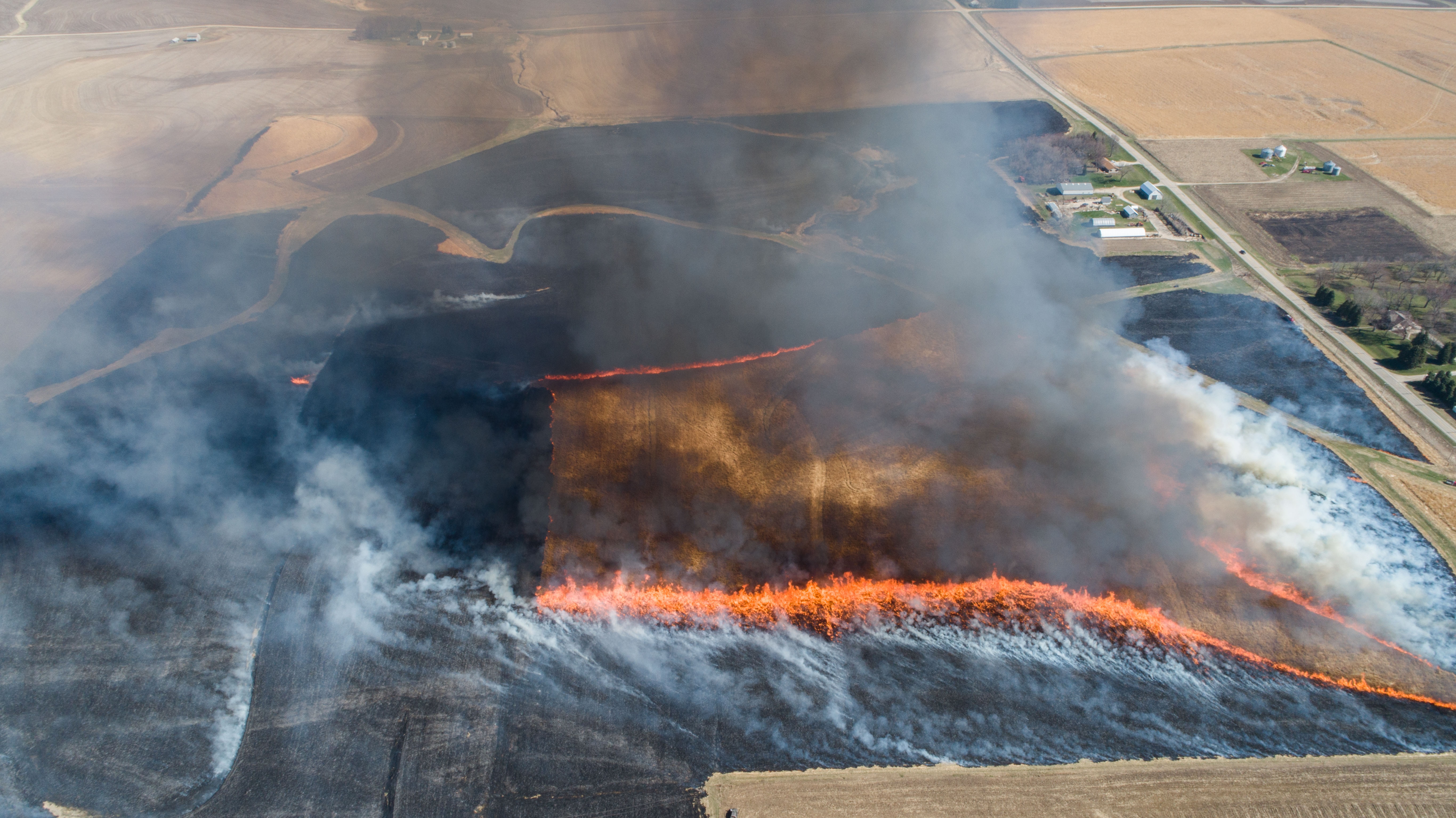 Wildfire prediction using computer vision is a field of study that involves leveraging computer vision techniques to analyze visual data for the detection and prediction of wildfires. Computer vision, a subfield of artificial intelligence, focuses on enabling computers to interpret and understand visual information from the world, such as images or videos.
Wildfire prediction using computer vision is a field of study that involves leveraging computer vision techniques to analyze visual data for the detection and prediction of wildfires. Computer vision, a subfield of artificial intelligence, focuses on enabling computers to interpret and understand visual information from the world, such as images or videos.
In the context of wildfire prediction, computer vision techniques are used to analyze visual data, such as satellite images, aerial photographs, or other imagery, to extract relevant features, such as vegetation, land cover, and potential ignition sources. These features are then used to train machine learning algorithms, such as convolutional neural networks (CNNs), to classify the data and make predictions about the occurrence and spread of wildfires.
Wildfire prediction is a complex task that involves the analysis of various environmental factors, such as temperature, humidity, wind speed, and vegetation conditions, among others. Artificial Intelligence (AI) can be used to develop wildfire prediction applications that can assist in predicting the occurrence of wildfires.
Here are some of the ways AI can be used to develop wildfire prediction applications:
1. Data collection and analysis: AI algorithms can analyze data from various sources such as satellite imagery, weather sensors, and other environmental data to predict the likelihood of wildfires.
2. Machine learning models: AI can use machine learning models such as random forests, decision trees, and support vector machines to predict the probability of a wildfire occurring in a given area. These models can be trained on historical data and then used to make predictions based on real-time data.
3. Deep learning models: Deep learning models such as neural networks can be used to predict the probability of wildfires in a given area by analyzing large amounts of data from various sources. These models can identify patterns and relationships in the data that might not be obvious to humans.
4. Risk assessment: AI can be used to assess the risk of wildfires in a particular area. By analyzing various environmental factors, AI can identify areas that are at high risk of wildfires and provide early warnings to authorities.
5. Firefighting assistance: AI can assist firefighters in fighting wildfires by providing real-time data about the location, intensity, and spread of the fire. This information can help firefighters make better decisions about how to contain the fire.
Overall, an AI-powered wildfire prediction application can be a valuable tool for predicting and preventing wildfires. By analyzing large amounts of data and identifying patterns and trends, AI can help authorities take proactive measures to prevent wildfires from occurring and minimize the damage caused by those that do occur.
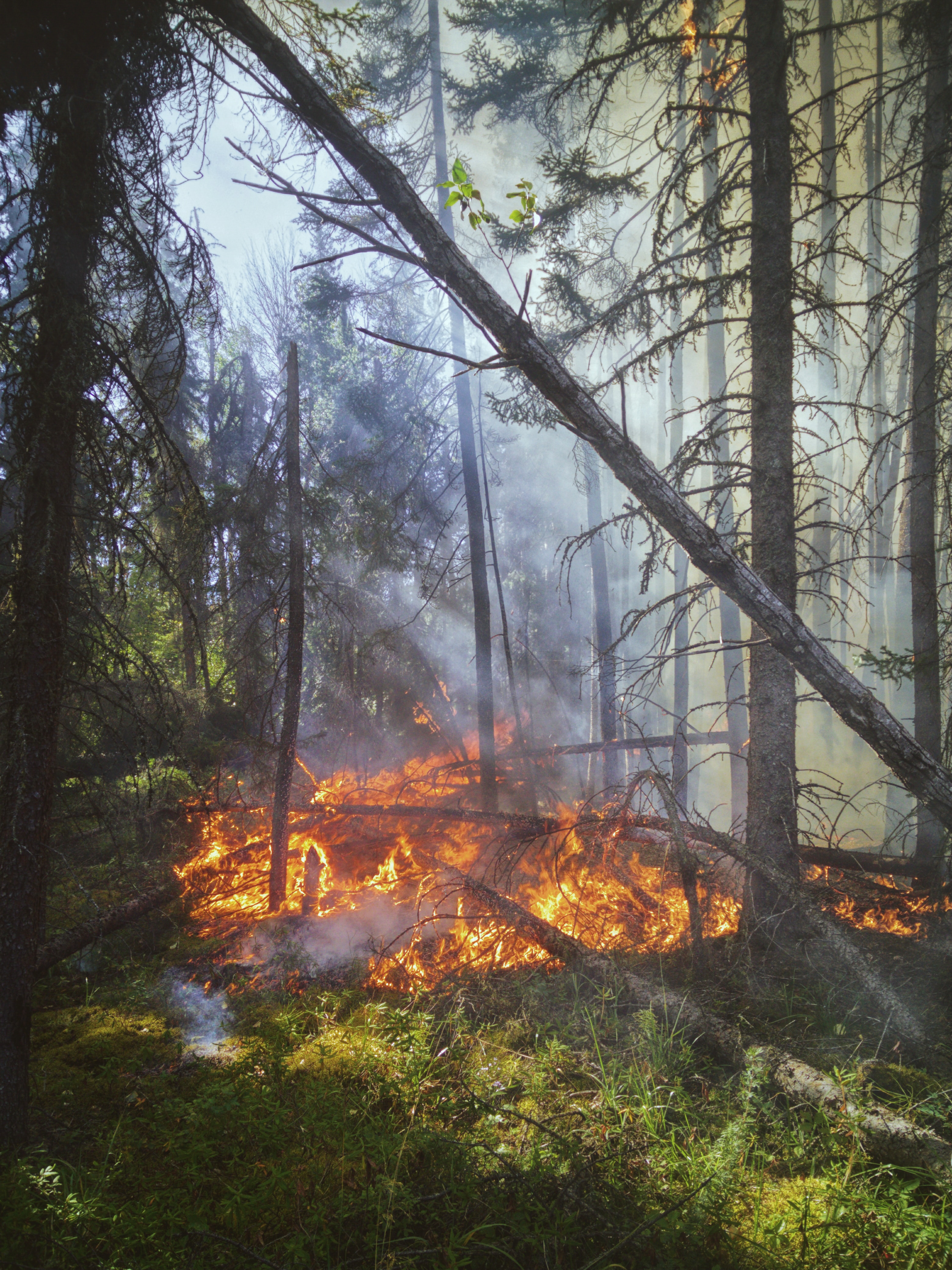
Use Case: Wildfire Detection and Classification
Problem Statement: A national park located in a wildfire-prone region is looking to implement an early wildfire detection system to enhance their wildfire management efforts. They want to leverage computer vision techniques to automatically detect and classify images as either showing a wildfire or not showing a wildfire, using real-time aerial photographs captured by drones.
Solution:
Data Collection: Aerial photographs captured by drones are collected in real-time from different areas of the national park. These images are captured at regular intervals and cover various vegetation, land cover, and fire-prone areas.
Data Pre-processing: The collected images are pre-processed to remove noise, corrected for lighting conditions, and relevant features such as fire smoke, fire hotspots, and vegetation are enhanced. This involves image resizing, normalization, and feature extraction techniques to extract relevant information from the images.
Feature Extraction: Computer vision techniques are applied to extract relevant features from the pre-processed images. This includes extracting features such as color, texture, and intensity of fire smoke and hotspots, as well as the density and type of vegetation in the images.
Classification Model: A machine learning model, such as a convolutional neural network (CNN), is trained on the pre-processed and annotated image data. The CNN is trained using a labeled dataset with images of both wildfire and no wildfire areas, to learn the patterns and features associated with each class.
Model Training and Evaluation: The dataset is split into training and testing sets, with a portion of the data used for training the CNN and the remaining for evaluating the model's performance. The CNN is trained using various techniques such as data augmentation, regularization, and hyperparameter tuning to optimize its performance. The model is evaluated using standard evaluation metrics such as accuracy, precision, recall, and F1-score.
Real-time Prediction: Once the CNN model is trained and evaluated, it is deployed to the national park's wildfire management system. The system captures real-time aerial photographs from drones and feeds them into the trained CNN for prediction. The CNN classifies the images as either showing a wildfire or not showing a wildfire in real-time.
Alert and Action: When a wildfire is detected by the CNN, an alert is sent to the park's wildfire management team, who can take timely action to mitigate the wildfire. This may involve dispatching firefighting teams, notifying nearby communities, and implementing evacuation protocols to protect human life and property.
Benefits:
Early Detection: The use of computer vision techniques allows for early detection of wildfires, enabling timely response and mitigation efforts to minimize the spread and impact of wildfires.
Precision: The trained CNN model can accurately classify images as either showing a wildfire or not showing a wildfire, reducing the chances of false positives or false negatives.
Efficiency: The automated wildfire detection system using computer vision can process a large volume of real-time images captured by drones, providing a more efficient and timely response compared to manual monitoring. Enhanced Wildfire Management: The system provides valuable insights to the wildfire management team, aiding in decision-making, resource allocation, and mitigation efforts.
Conclusion: The use of computer vision techniques for wildfire detection and classification can greatly enhance the early detection and management of wildfires. By leveraging real-time aerial photographs captured by drones, the system can provide timely information to wildfire management agencies, enabling them to take proactive measures to protect the national park and its surrounding areas from the devastating impact of wildfires.
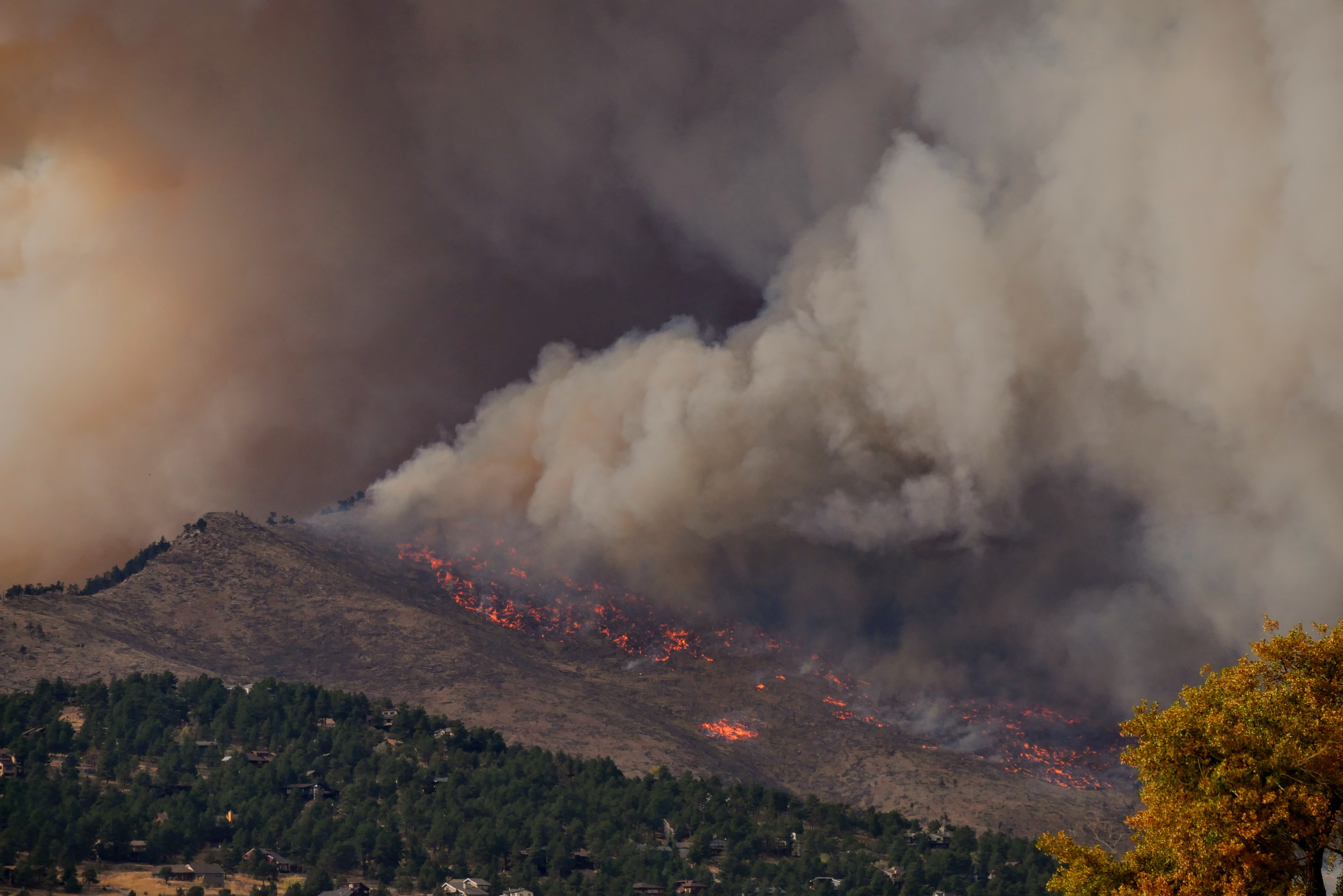
How navan.ai can help you build a model to predict and classify wildfire classification model without having to write a single line of code?
1. Visit nstudio.navan.ai, and sign up using your Gmail id.
2. Choose a suitable model architecture:
- EfficientNet B3 has been pre-trained on large image datasets such as ImageNet, which contains millions of images across thousands of categories. This pretraining allows EfficientNet B3 to learn meaningful features from images and can be fine-tuned on smaller datasets for specific image classification tasks, such as object recognition, scene classification, or medical image analysis.
- It has achieved state-of-the-art performance on benchmark datasets and has been adopted by many researchers and practitioners in the field of computer vision.
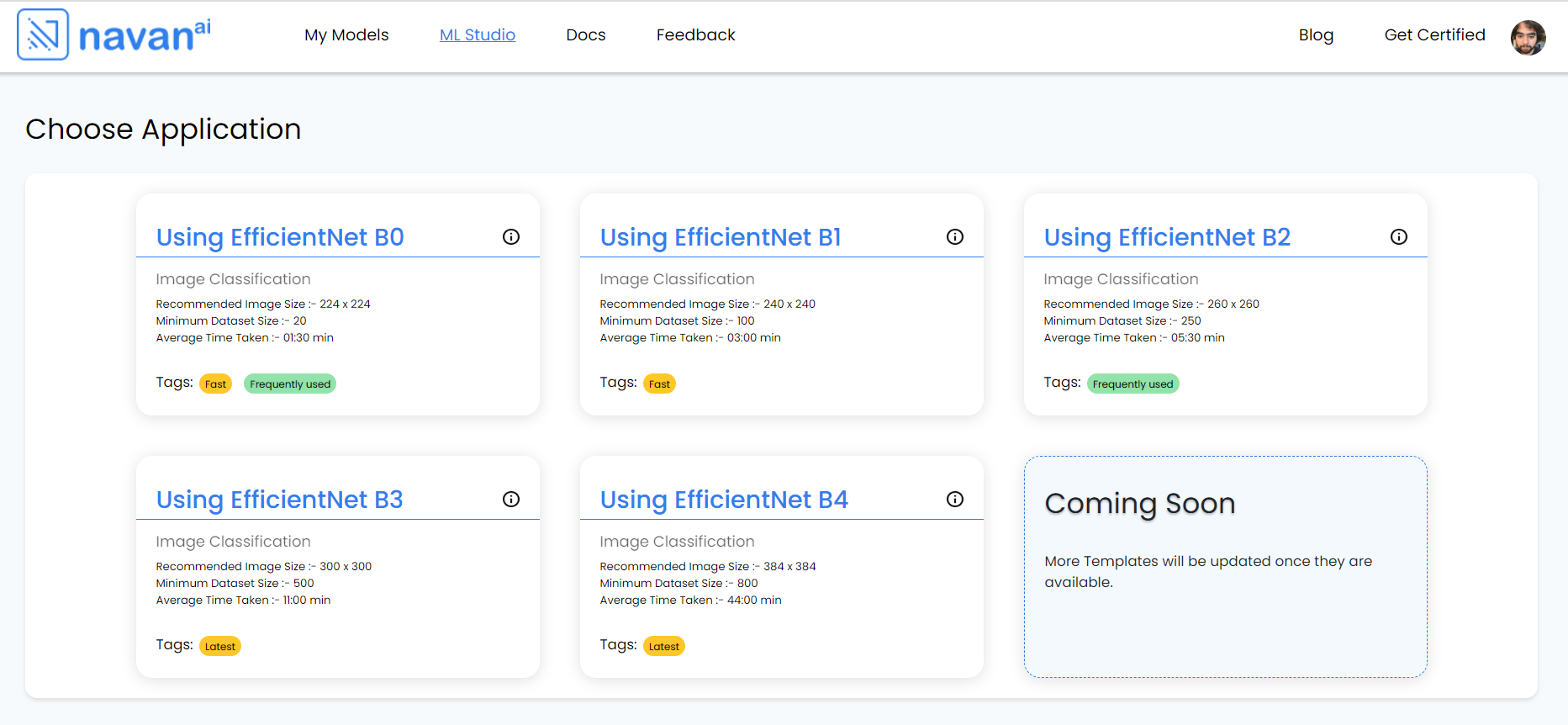
3. Training the model: we have named the Model “WILDFIRE PREDICTION”. We are building 2 classes here
The images are uploaded to Class 1 [Wildfire]

The images are uploaded to Class 2 [No_Wildfire]

The next step is to click on the start training button so that the model can be trained.

3. Testing the model: Once the WILDFIRE PREDICTION model has been trained, the next step is testing the model to see if it performs according to our expectations. It can be evaluated using a separate test dataset to determine its performance and make any necessary adjustments before deploying it in a real-world application.
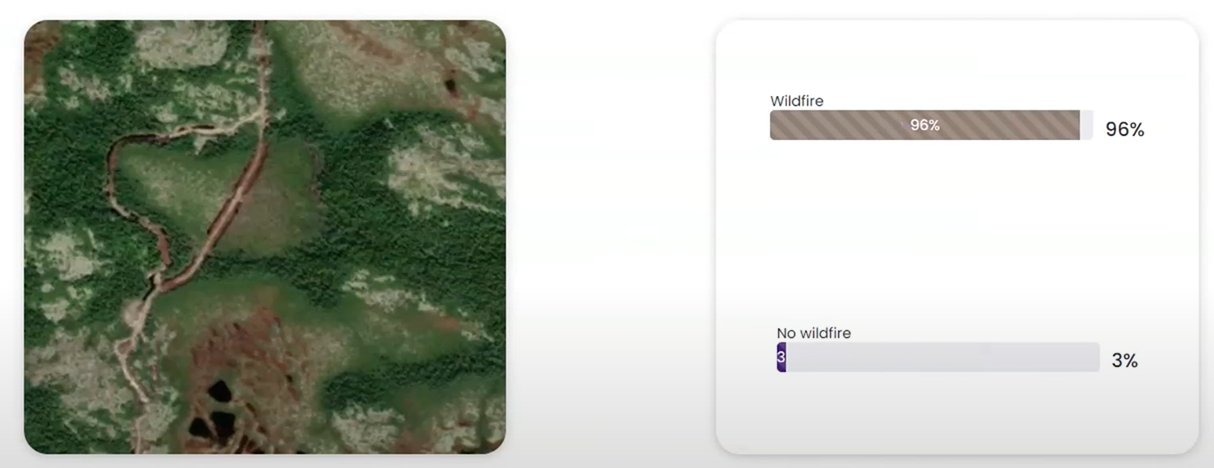
4. Deploying the model: The easiest way to deploy the computer vision model is by using the list of export models on navan.ai. We have 3 options: Deploy a model using Model files, Deploy a model through Docker, and lastly deploy the model as API. You can integrate the model with your application to get a scalable use case and build using your data without coding on navan.ai.
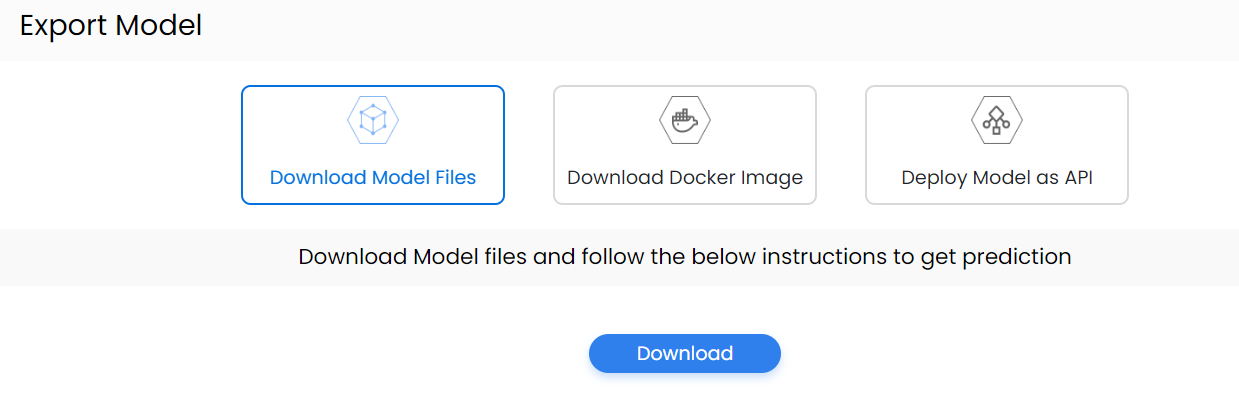
Here’s a video showing how you can build a model to predict and classify wildfire classification model by using Computer Vision AI Model on navan.ai:
navan.ai is a no-code computer vision platform that helps developers to build and deploy their computer vision models in minutes. Why invest 2 weeks in building a model from scratch when you can use navan.ai and save 85% of your time and cost in building and deploying a computer vision model? Build your models, share knowledge with the community, and help us make computer vision accessible to all. navan.ai also helps organizations with MLOps by setting up CT, CI, and CD pipelines for ML applications.
Visit navan.ai and get started with your computer vision model development NOW!
